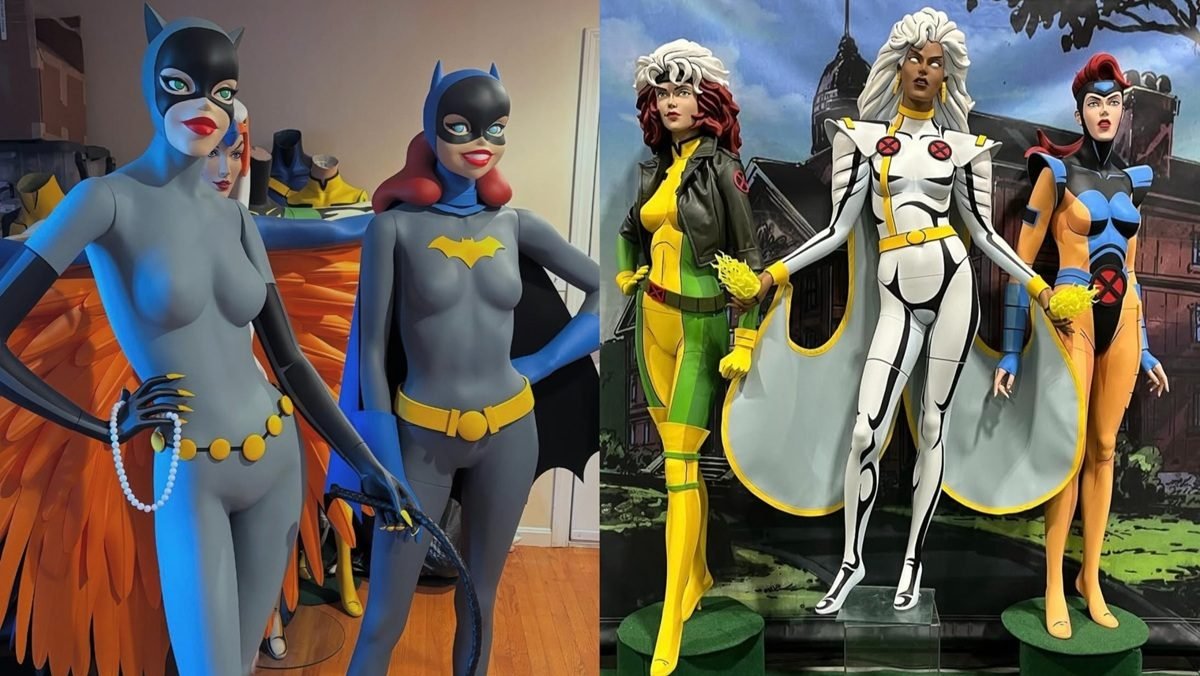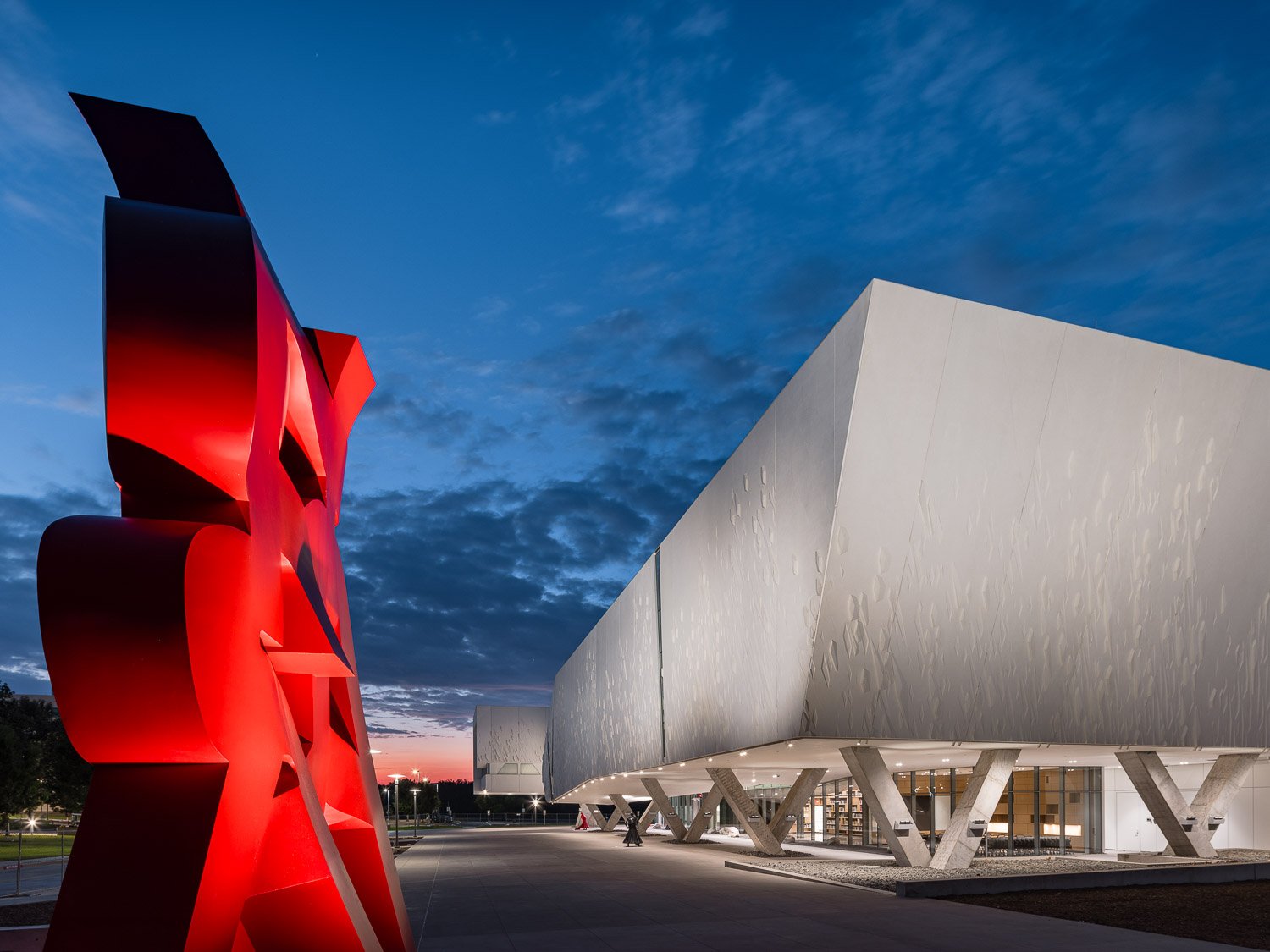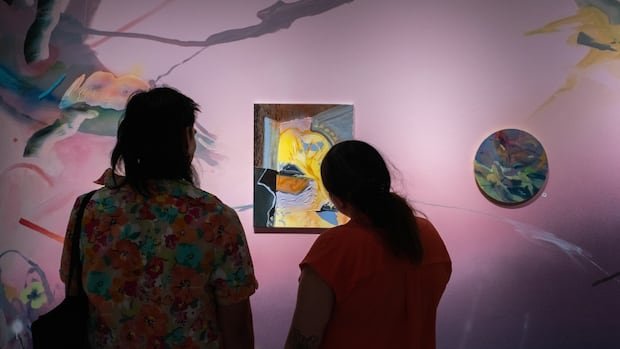Coffee shops and late-night diners, hotel rooms and roadside gas stations, empty store fronts and offices after hours – Edward Hopper’s paintings are quintessentially American. By portraying the country’s everyday citizens in their natural habitat, Hopper is revered as one of the most important stateside artists of the 20th century. But behind that quaint slice of American apple pie life, something darker lurks: isolation, voyeurism, the silent sound of lonely hearts left spent and wanting.

Hopper’s New York Movie is a particularly striking composition. As the moviegoers are seated in the partially-darkened theatre, engrossed in what is unfolding in shades of black and white upon the screen, a woman in blue stands in dejected contemplation to the painting’s right-hand side, head lowered, the yellow beams of the wall lamp spilling diffused onto the strands of her blonde hair. The piece is split down the middle in terms of layout and lighting, resulting in a definite separation of the subject and crowd, who sit oblivious to her sorrow. There is a clever inversion at play here. The woman in blue is the one in metaphorical darkness, isolated from those cast in actual shadow, who are likely enjoying themselves without a care in the world. The red curtain that hangs narrowly open, revealing a set of stairs, also adds an element of foreboding to the piece. Hopper is truly the master of the short-story in oil on canvas; the viewer can profoundly sense the subject’s plight, and even though they may not be privy to the particulars, they inherently understand what is unfolding before them.

While Hopper possessed a slight penchant for painting nudes, they differ significantly from most in the fact that they are as much about the psyche of the subject as their physical attributes. They are more than simply a study of the body, or an aesthetical addition to a classical scene. Eleven A.M. serves as an apt example. The subject is seated in a blue boudoir chair, skin as pale as milk. There is a natural beauty to be appreciated in the curves of the calves and lower abdomen, in the way her unbrushed hair falls messily in front of the shoulder. But the viewer is also just as preoccupied, if not more so, with the more subtle details of the piece. Why is the subject clad solely in her shoes? And even if upon first glance she appears serene, enjoying the late morning sun, doubt slowly begins to creep in. Does there seem to be a slight tension in the way her hands are clasped? In how she leans forward gazing intently out of the uncurtained window? Or is it simply the genius of Hopper’s ability to make the mind wonder and wander?






